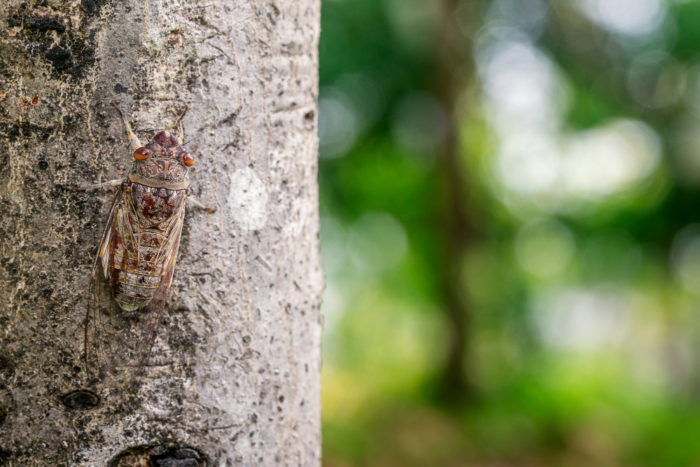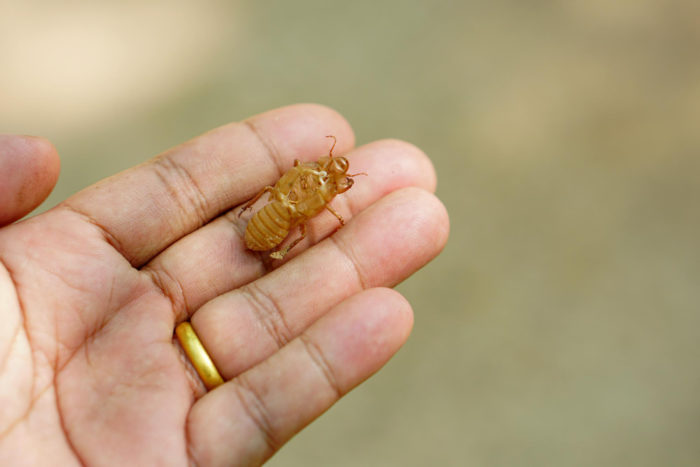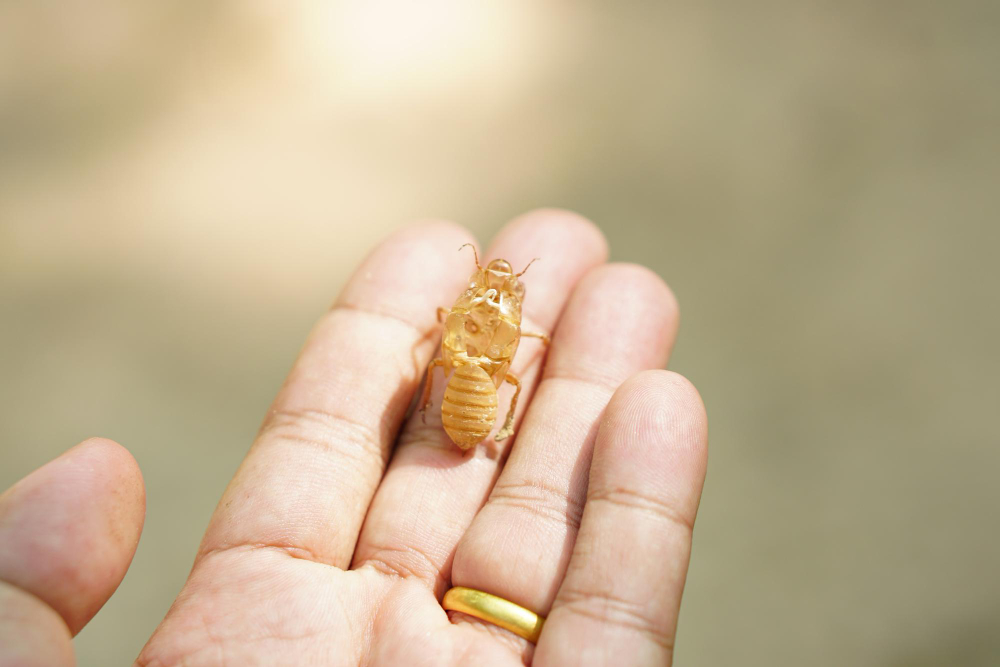Cicadas are often counted among the inseparable memories of summer, buzzing around the trees. Those who have lived in one of the many parts of eastern United States are familiar with the sound of cicadas filling up their afternoons and evenings.
But those who have never experienced the emergence of a brood- an uncanny phenomenon that occurs after a gap of 13 to 17 years, might have some reservations against the nature of these beautiful buggers.
With all of those cicadas coming your way, it’s only natural to have some questions about what they’re like, including whether they can bite.
Important Note: If you're tired of pests and want a reliable solution, then you should definitely consider seeking help from a professional pest control company. DIY solutions can be effective, but if you're dealing with a significant pest infestation, you don't want to rely solely on DIY methods. Pest control companies typically don't charge huge fees. You can fill out this form to receive free quotes from the top local pest control companies, and compare the quotes and see for yourself. Then, finally, your pest problems will be eliminated for good.
What are Cicadas?
If you are unfamiliar with this particular insect, then let us throw some light on the matter. Cicadas come under the larger spectrum of bugs. They can grow to be 0.8 to 2 inches in length.

They have distinct physical features and hence are easy to spot. Cicadas have stout bodies and big heads, which, when paired with bulbous red eyes, may come off as a bit intimidating, especially to young children.
There are more than 3,000 known species of this insect that can be found anywhere in the world. Except if you go looking for them in the cold of Antarctica. This being said, cicadas simply love the sun and choose their emergence as per the weather conditions.
Entomologists generally divide the cicadas into two general groups. The first segment contains the annual cicadas. They are popularly referred to as the dog-day cicadas as they appear during the dog days of summer.
The next group contains only seven of the 3,000 species. This group is fascinating as the cicadas spend around 13 to 17 years underground and resurface in large numbers. This periodical surge can be pretty overwhelming for some as their numbers can reach millions or even billions!
Do They Bite?
Although the mass resurgence of these buggers may seem like a plot of a sci-fi film, it is a purely natural phenomenon. But, when this is paired up with their size and shrill voice, you may think that they bite. These are bugs, after all!
But, cicadas do not bite. In fact, they possess no means to bite any other organism. They have no jaws or mandibles to do so. They lack any kind of defensive parts, like teeth, a sting, or venom. Instead, they have a long, straw-like tube that they use to suck fluids from trees.
Adult cicadas do not bite humans unless they are allowed to remain on someone long enough to mistake a part of the human body for a part of a plant. As the cicada is non-venomous, even if it tries to drink right from your hand, there will be no irritation such as itching and redness that is likely to occur.

Cicadas obtain sustenance by drinking tree fluids, which are relatively watery compared to human blood. So, drinking human blood is probably not suitable for them and might even cause harm to them.
They do, however, possess a hard exoskeleton and some pointy body parts, and when you hold them, these might cause you to think that you have been bitten. But, there is absolutely nothing to worry about.
Are They Harmful in Any Other Way?
By nature, cicadas are calm creatures and do not get agitated easily. But, when they sense any kind of danger, they use the one weapon they have- their sound. A vehement squawk is triggered when individuals are captured, held, or disturbed into flight. The sound decibels they produce are not strong enough to cause hearing damage or loss.
Cicadas may be harmless to humans and pets, but they inflict some damage to your plants. As the female cicada gets ready to lay eggs, she cuts open slits on twigs and branches of small plants to deposit her eggs. This causes a mild to moderate level of damage as a whole.
As they come out in large numbers and make loud buzzing noises, the whole activity may attract your pets. Cats and dogs may feast on these cicadas, but that is no cause of worry because cicadas are non-venomous.
Conclusion
Cicadas are overall fascinating creatures that spend most of their lives underground. Young cicada nymphs hatch from their eggs and dig themselves into the ground to suck the sap from roots. They spend their entire developmental period in these burrows.
They have a fixed source of sustenance that comes from plants and are calm by nature. They have no reason and will never try to attack any other organism. The noise they make is a courtship call, made to attract females, so they can mate.
The activities of cicadas may seem damaging to plants, but the overall impact is trivial. So, it is safe to say that you don’t have to worry about your children or pets getting bitten by one.

